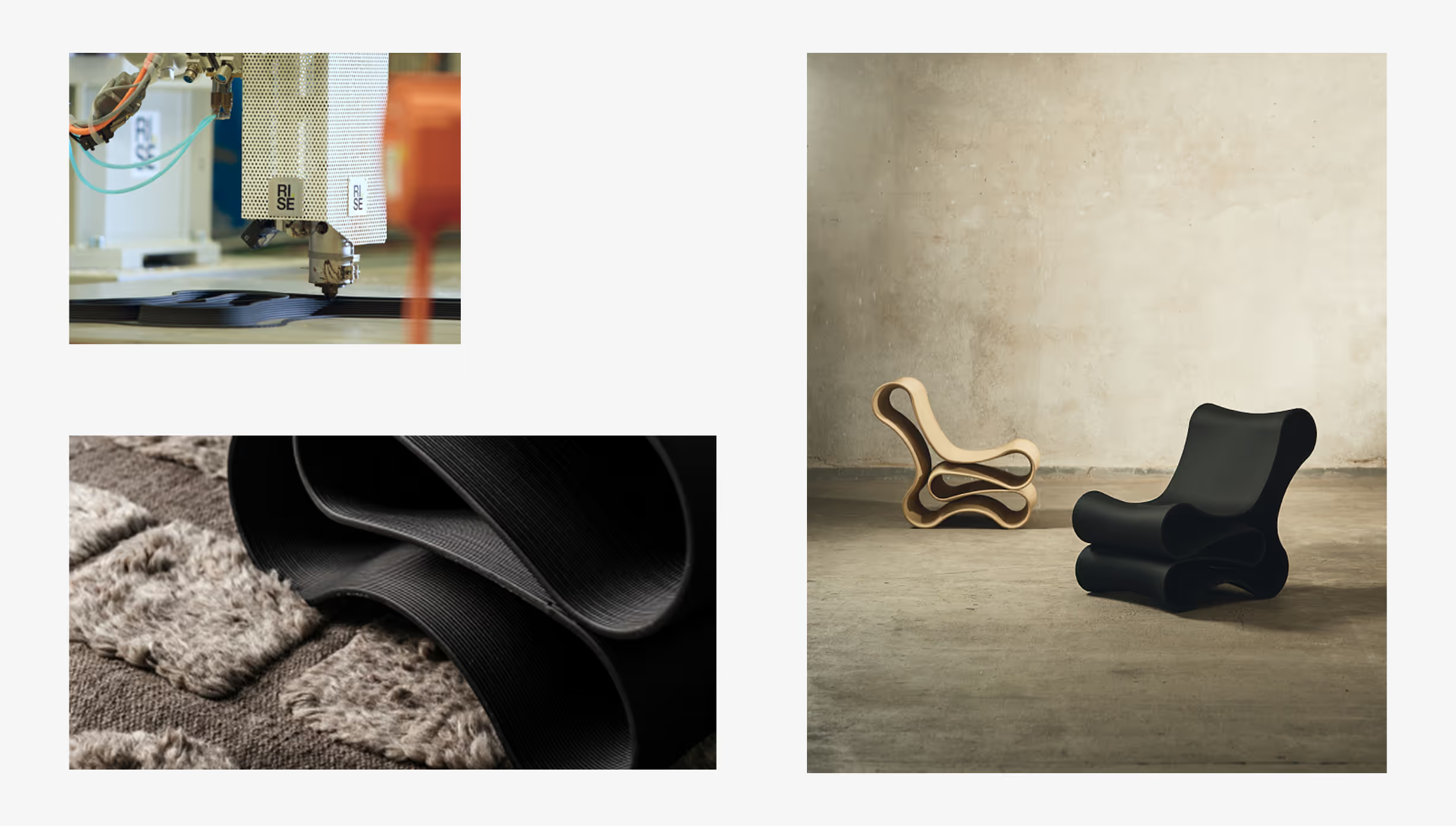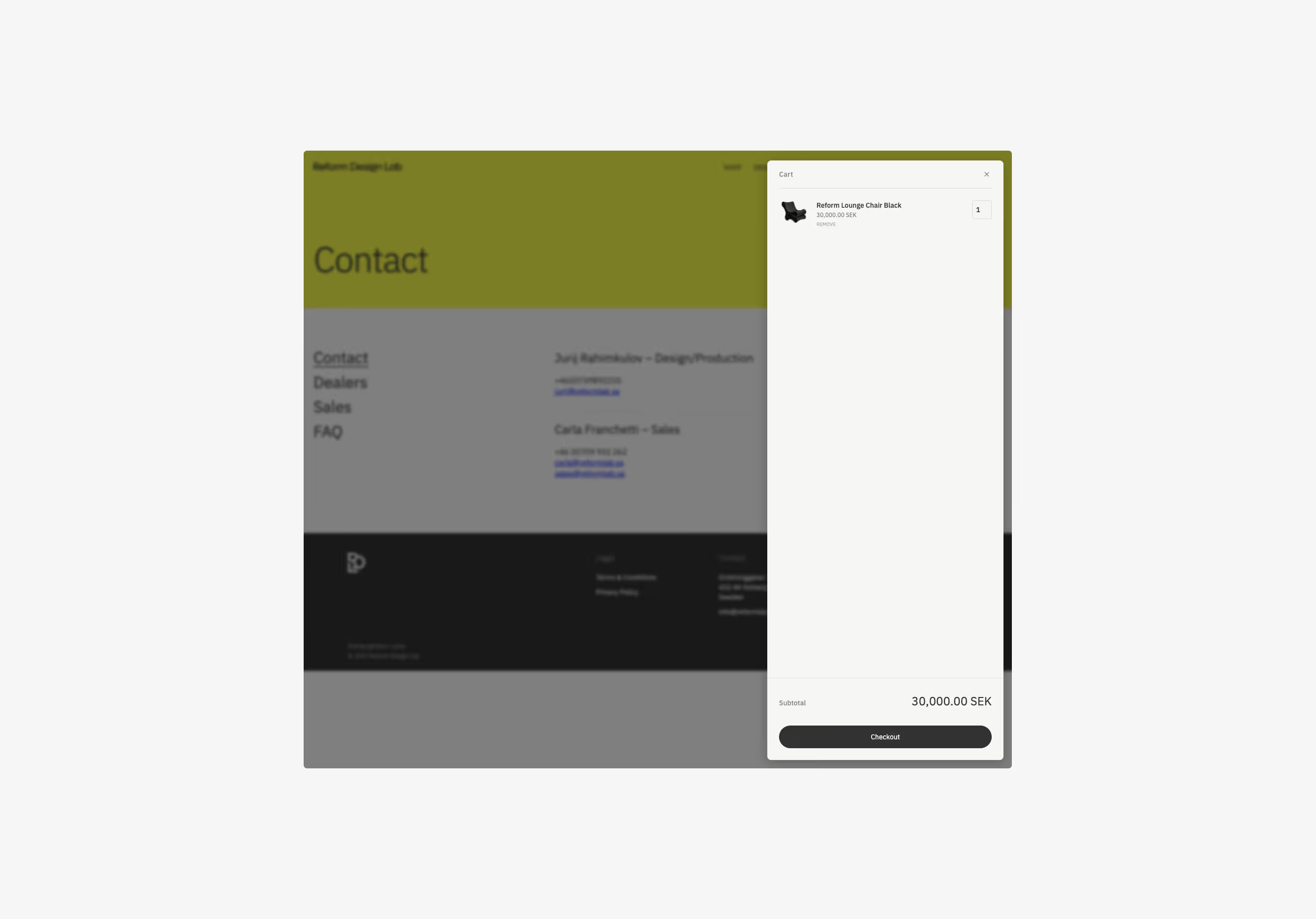
Services
Our solutions
Our solutions aren't just simple services, they're a comprehensive system designed to solve business problems. Our setup is built to help you achieve your business goals.
Start a project →
Kontakt oss
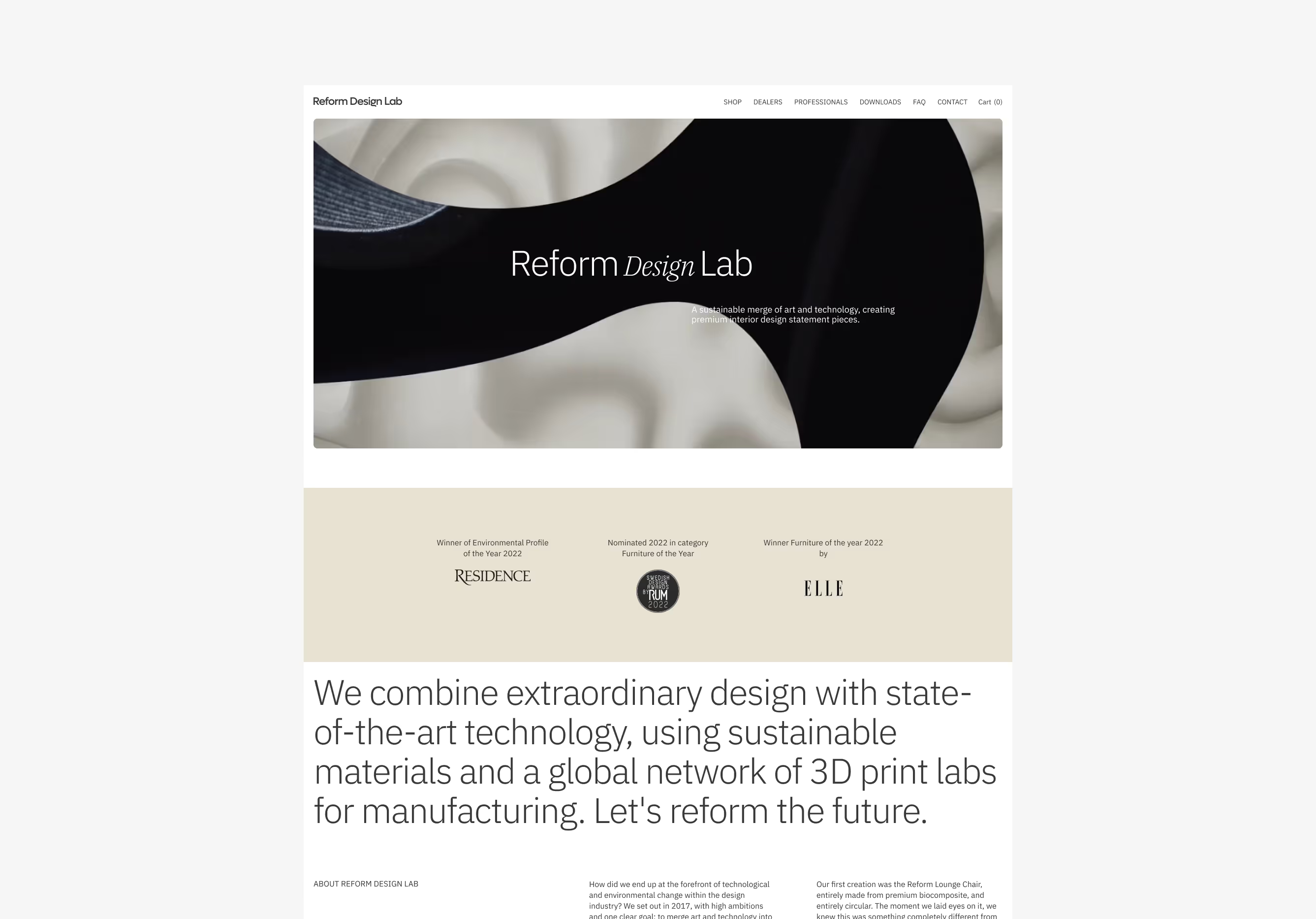
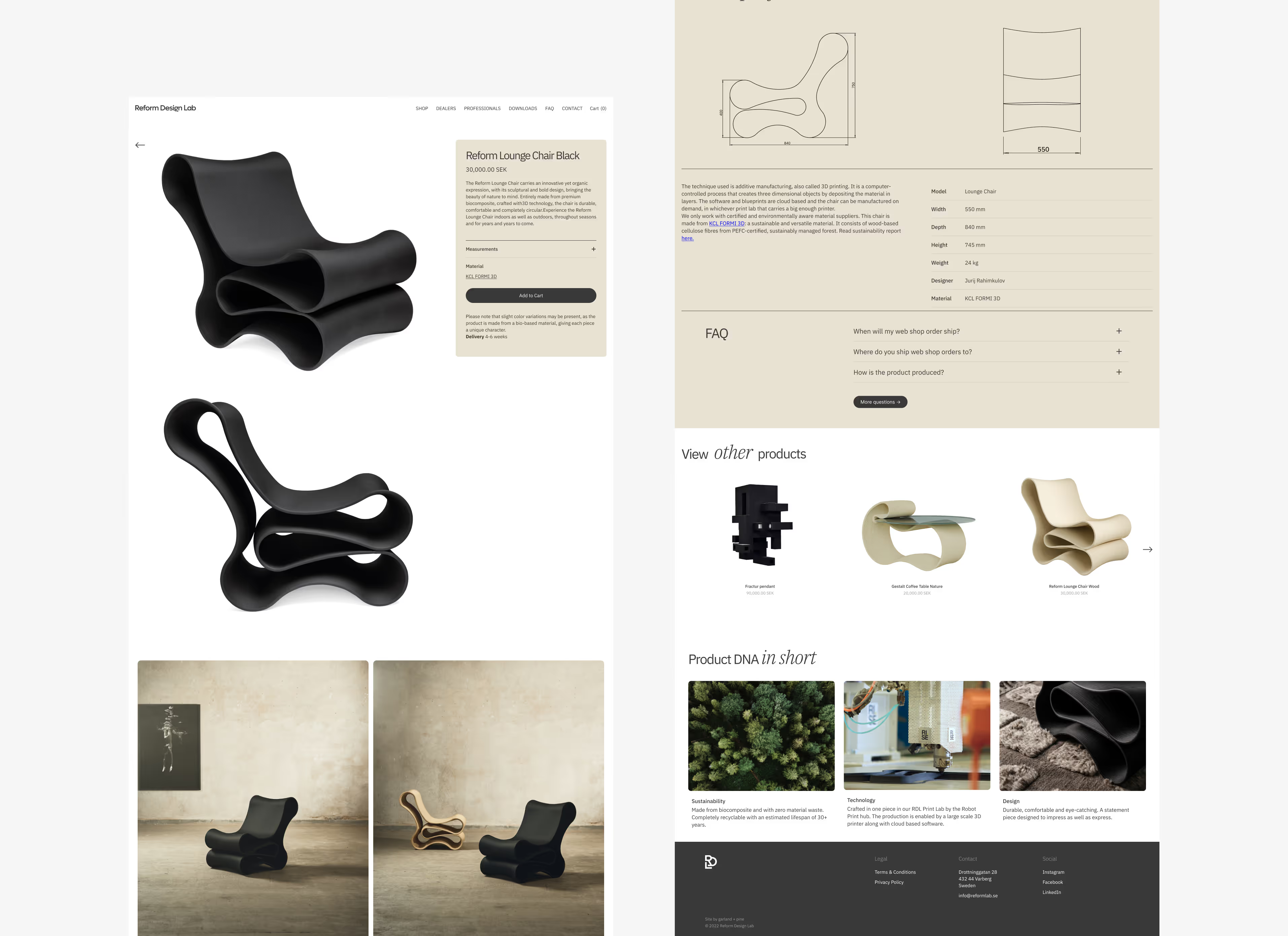
Touch in digital design begins with how users physically engage with an interface, whether it’s on a smartphone, tablet, or haptic device. This tactile interaction serves as the primary bridge between people and technology. While it might appear simple, it’s actually a complex balance of responsiveness, feedback, and user expectation. Designers must go beyond basic tap functions to craft interactions that feel natural, intuitive, and satisfying at every moment of use.
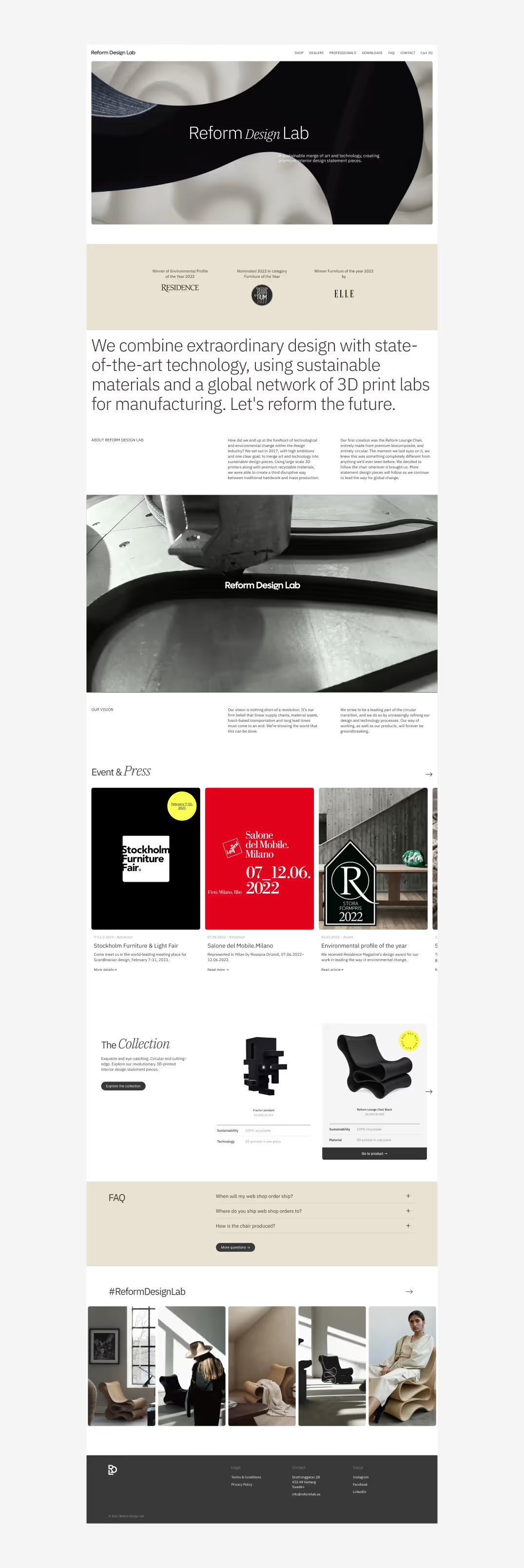
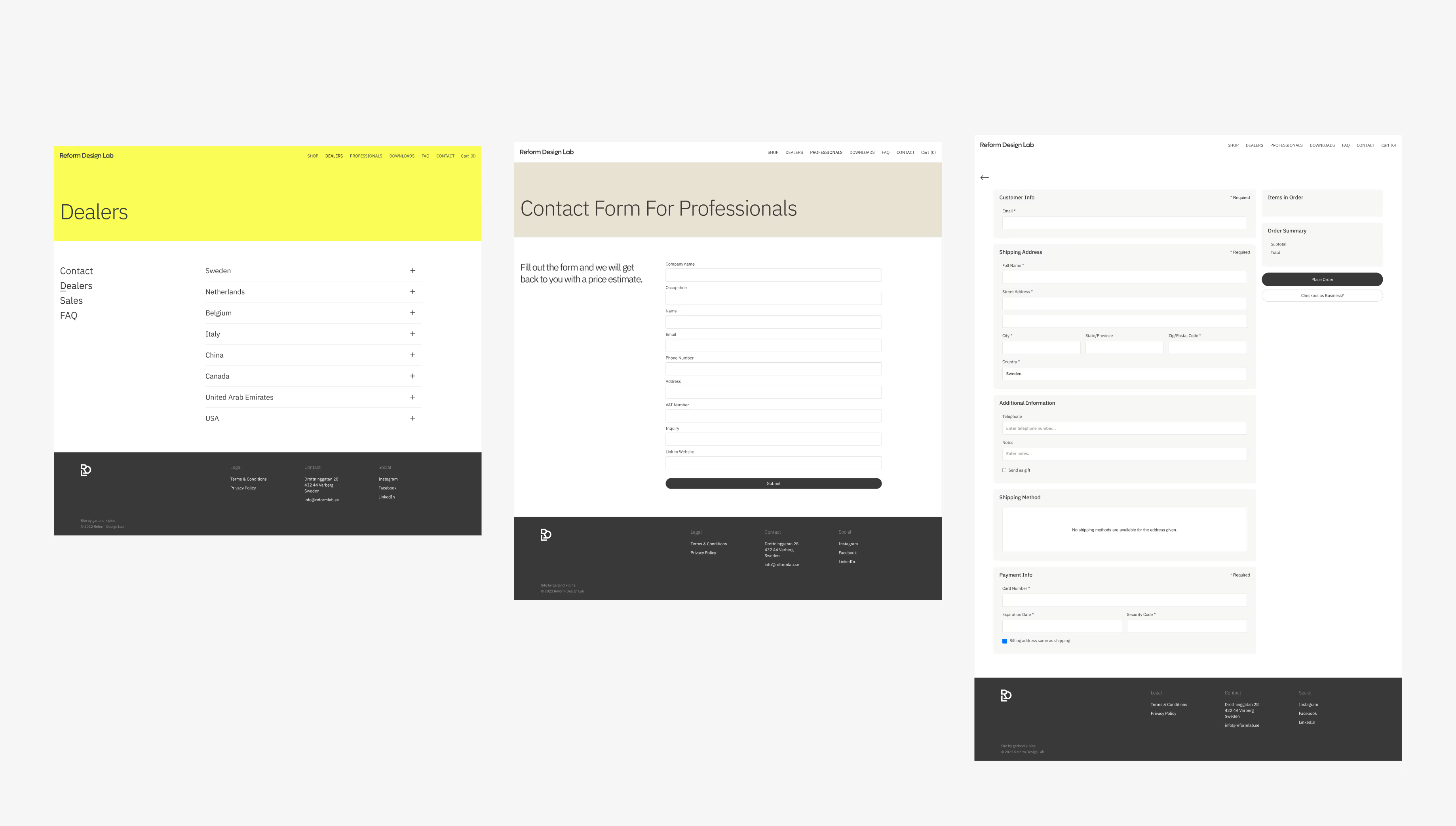
To develop effective touch experiences, we focus on creating responsive, intuitive interactions that mirror real-world feedback. This means crafting micro-interactions that feel natural, incorporating haptic or visual feedback to acknowledge user input, and develop for fluid gestures rather than static taps. We approach touch not just as an input method, but as a key emotional and functional bridge between user and interface.
Toghether with Garland & Pine they designet a intuitive marketing website, and we developed the website in Webflow by aligning responsiveness, feedback, and user expectations, we make digital experiences feel more human, more satisfying, and speak the same design language as what they are selling.
